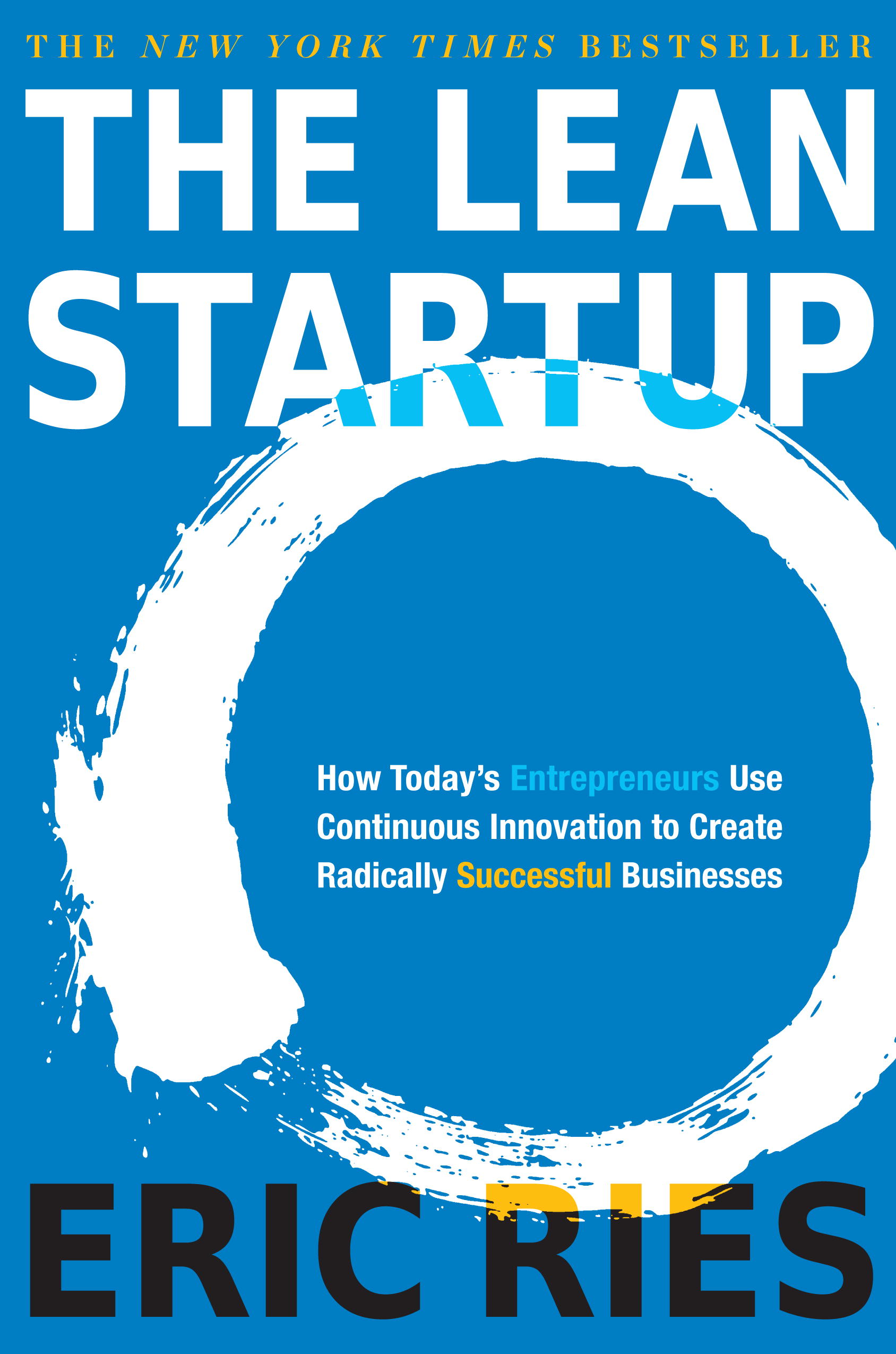Or more accurately: you’re thinking about MVPs all wrong, probably.
The Lean Startup
If you’re reading this, you’re probably familiar with Eric Ries’s book, The Lean Startup.

The Lean Startup is one of the best attempts to bring sanity to the world of startups. It’s central message is one of risk reduction. Broadly, don’t do loads of work and spend loads of money until you know it’s going to be worth your time.
Minimum Viable Products
The Lean Startup introduces the idea of the minimum viable product as one of the most important ways of avoiding doing loads of work and spending loads of money on an idea, until you know it’s going to be worth your time.
I phrase it like this: a minimum viable product is the simplest thing you can possibly make that lets you validate your assumptions about your business.
It’s an idea that has caught on. A lot of people working in startups will talk about building out their MVP as a milestone of the development of the startup.
An easy point to miss: validation not selling
This is more subtle than it seems. A Minimal Viable Product doesn’t have to be a product at all. It doesn’t have to be sellable (though it might be). It just has to be a way of validating your business.
Time and again, I hear founding teams describing their MVP, and how it’s nearly ready after 3 months of external development for £40k - £50k.
Wow.
Whatever industry you are in, I guarantee I can find you a less expensive, faster way of getting some kind of validation from your customers. I guarantee it.
There are a whole load of assumptions every business has about its customers: they need or want this product, they will pay for that need to be fulfilled, they are willing to switch from their existing solutions, etc.
If you don’t validate these, you’ve spent 3 months of your life and £40k-£50k on a beautiful product but the idea that someone will pay you for it is still just an article of faith.
In terms of validating your ideas (which, after all, is the point of a Minimum Viable Product), you can find out a whole load more about your customers by just talking to them in the right way or setting up some carefully-worded Google Adwords.
You can find out just as much about buying intentions with a video or a mock-up as with your all-singing, all-dancing £50k development effort.
Your MVP isn’t just the first product you make, it’s the first thing you do that validates your business.
“Now that we’ve done the MVP…”
I heard someone say this the other night. It was in the context of: “now that we’ve done the MVP, the next step for us is to make the full product”.
Nope.
The whole point of the MVP process is that you keep iterating through a loop of making something, getting feedback from potential customers and then refining your idea of what the customer needs and what you should build.
Their MVP hadn’t given them any learning about their customers. It was just a fairly small step towards their vision for their product.
But even if it had taught them something, the next step is to learn something else and improve your understanding a bit more.
After an MVP, you make… another MVP. If you’ve validated some aspects of your idea, that’s great. Now go and validate some more of your assumptions. It’s fine if you want to call one of your series of MVPs “the product” but the reality is that even then you’ll still be learning more about your customers and modifying your ideas. They’re still MVPs, even if someone’s paying you for them.
“I don’t need an MVP, I know who my customer is: they’re just like me”
Nope.
If your customer were just like you, they’d be building a product of their own.
Your customer might do the same job as you, live on your street and drink the same herbal tea but that doesn’t mean they’re your customer.
Two people who seem similar on paper can have totally different temperaments, find different things frustrating and have different attitudes towards technology, privacy, family and the weather.
However similar they seem to you, your customer can have a totally different outlook on life to you. Assume nothing, and start learning about your customer with MVPs as soon as you can.
Summary
You need to build an MVP then another then another. At some point along the way, you’ll either find out that your idea won’t work or you’ll start making money.
Your first MVP should be incredibly simple to make. It probably shouldn’t even be the same kind of thing as your vision for the final product.
Even if you think you know your customer, do this anyway. People will surprise you and they will change the direction you’re heading in.
This post is based on a talk I’m writing called Misunderstood Viable Products.